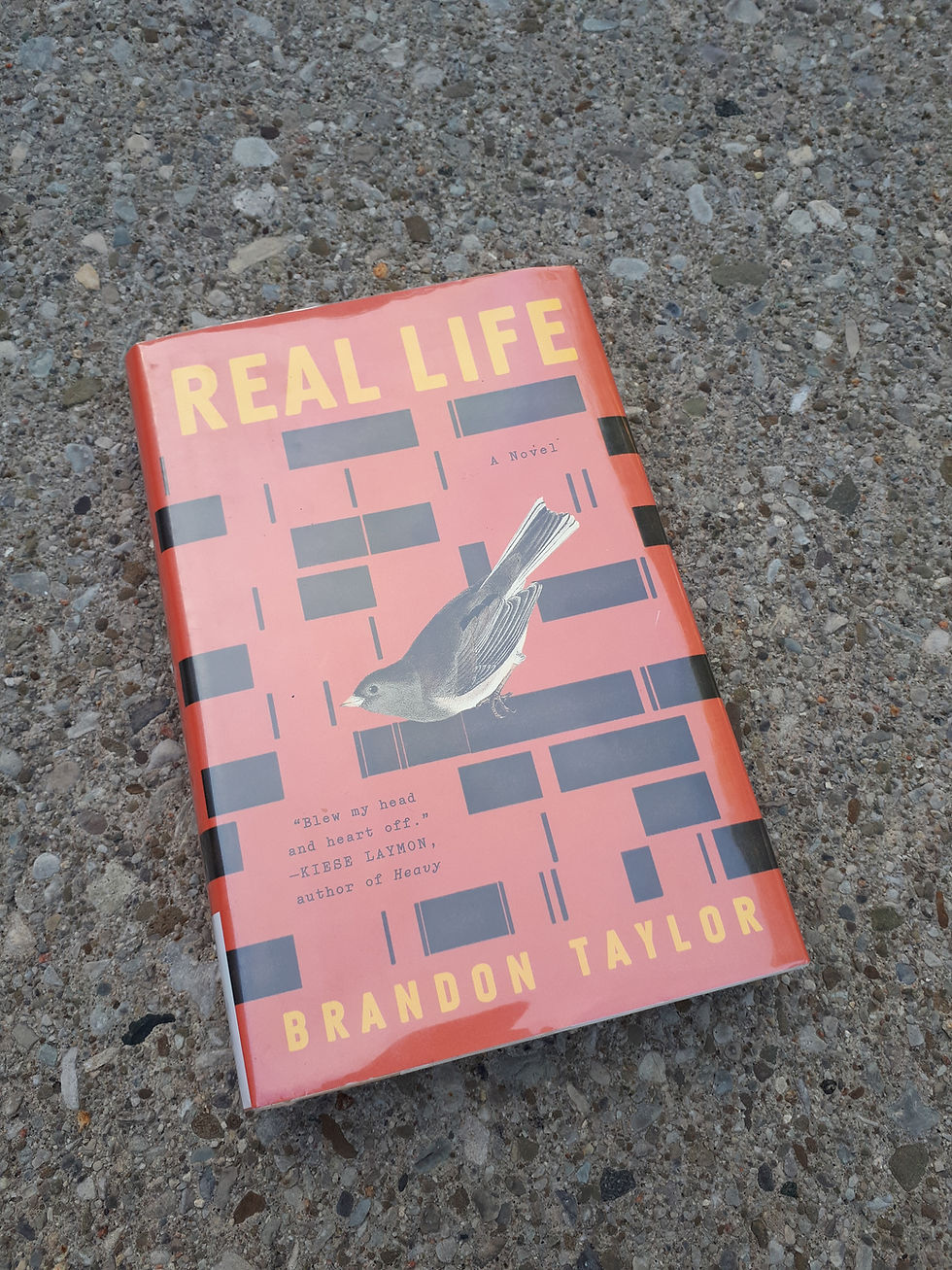Connections to Art: "Policeman Cleared in Jaywalking Case" by Claire Harris
- Riisa Walden

- Feb 14, 2022
- 3 min read
I have been carrying Claire Harris’s poem “Policeman cleared in jaywalking case” around inside me since I first read it years ago, when it hooked a little anchor right in my core. This is a poem I return to often as a reader and one that I’ve taught to students whenever I have the occasion to teach poetry (which isn’t often enough these days).
Why does this poem resonate so strongly with me?
First, it sustains my attention as a poet and English teacher by the way the poem plays with form and genre in a satisfying and thought-provoking way. It offers me new reflections and insights about how we read and uncover meaning each time I come back to it.
Second, I appreciate this poem for the way I have seen it challenge biases in readers by rendering in poignant detail the reality and impact of anti-Black racism operating in full swing in individuals and institutions in Canada. This is a history that I’ve found in my classrooms, in my personal conversations, and in my consumption of media that many Canadians (particularly white Canadians) would like to deny or minimize.
The poem both documents and responds to a heinous yet terribly familiar incident of anti-Black racism perpetrated against a 15 year old Black girl who in the 1980s was victimized by police in Alberta when she was arrested for jaywalking. The poem begins with a recount, uncritically reported, in the Edmonton Journal, of the police officer involved being cleared of wrongdoing. The fact that the poem feels so contemporary is an important reminder that this kind of news event is not new or novel, and I admire Harris’s laying bare this racist act for what it was, at the time it was happening, and in a poem that artfully builds solidarity at the same time that it holds up for inspection and challenges the intricacies of anti-Black oppression in Canada.
Finally, this work is full of feeling and honesty. For me personally and as an educator, it inspires the best kinds of critical conversations about race and racism in Canada; it connects the legacy of anti-Black racism to colonialism, creating relationships between diverse racialized experiences in Canada; it weaves itself into the past and opens questions that can help us formulate a more equitable future if the reader is willing, as the Harris asks, to “walk the edge of this cliff with me” (Harris, 1997, p. 35):
do not hope to set off safely to brush stray words off your face to flick an idea off with thumb and forefinger to have a coffee and go home comfortably Recognize this edge and this air carved with her silent invisible cries
(Harris, 1997, p. 35-36)
I wish I could point to an online copy of the poem, but I haven’t been able to find one. If you’re looking for the poem, you might have to do some digging or take a trip down to your local library. It is worth the effort of tracking it down.
The poem was written in 1984, but I’m not sure where it was originally published. You can find it in two well-known collections of writing that also contain other amazing work by Black Canadian writers: Grammar of Dissent: Poetry and Prose by Claire Harris, M. Nourbese Philip and Dionne Brand edited by Carol Morrell and Eyeing The North Star: Directions in African-Canadian Literature edited by George Elliott Clarke.
Reference
Harris, C. (1997). Policeman cleared in jaywalking case. In G. E. Clarke (Ed.), Eyeing The North Star: Directions in African-Canadian Literature. (pp. 35-37). McClelland & Stewart.





Comments